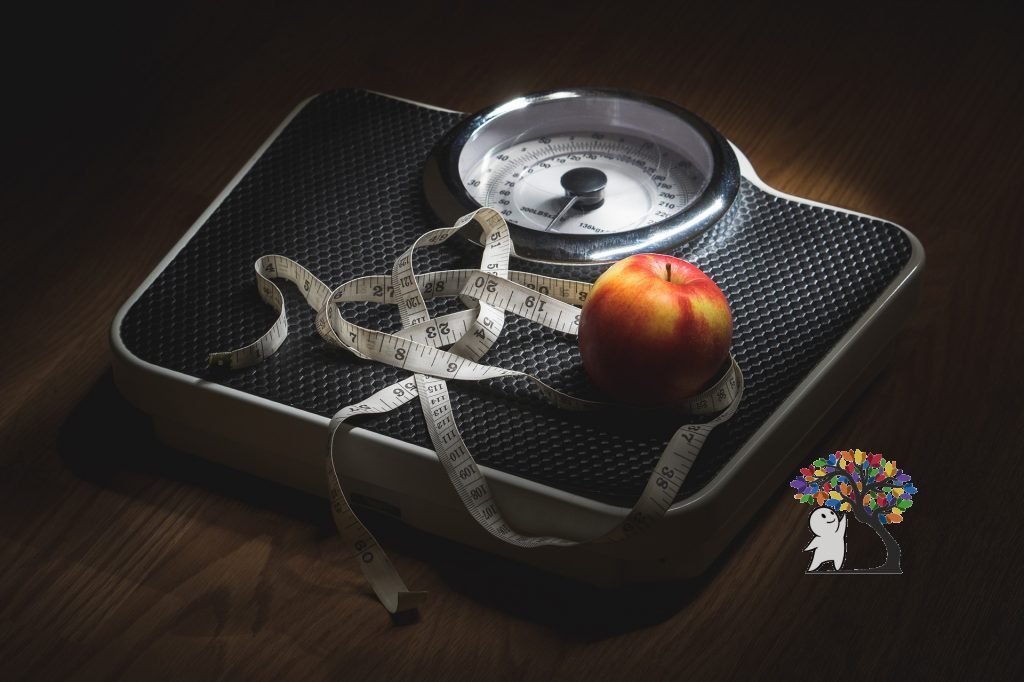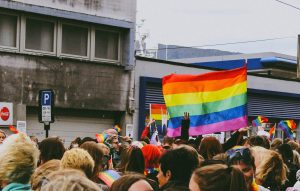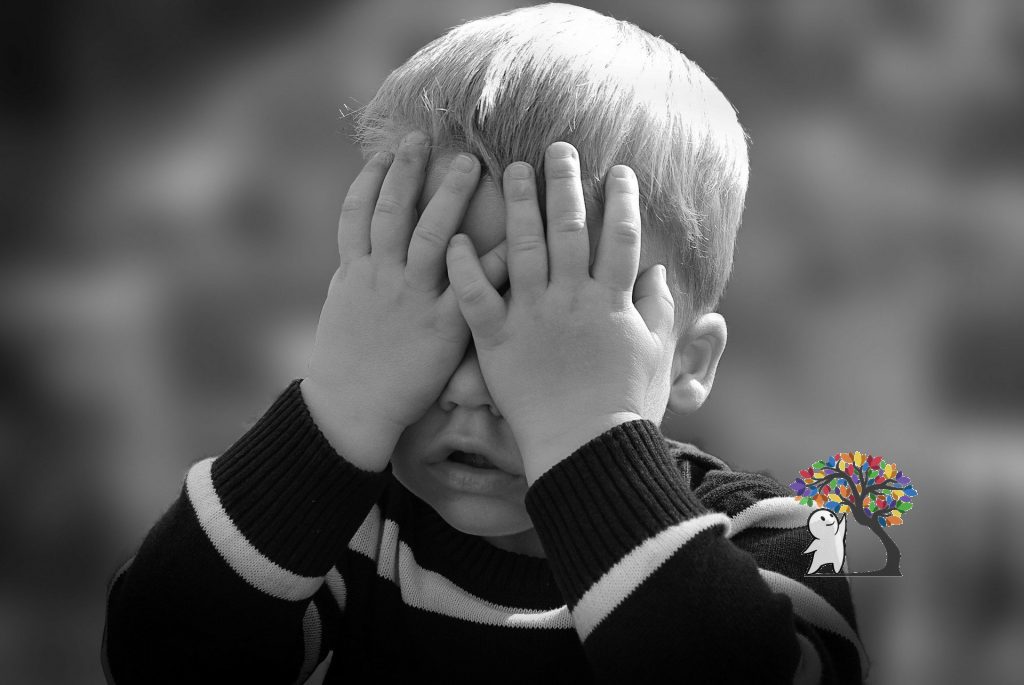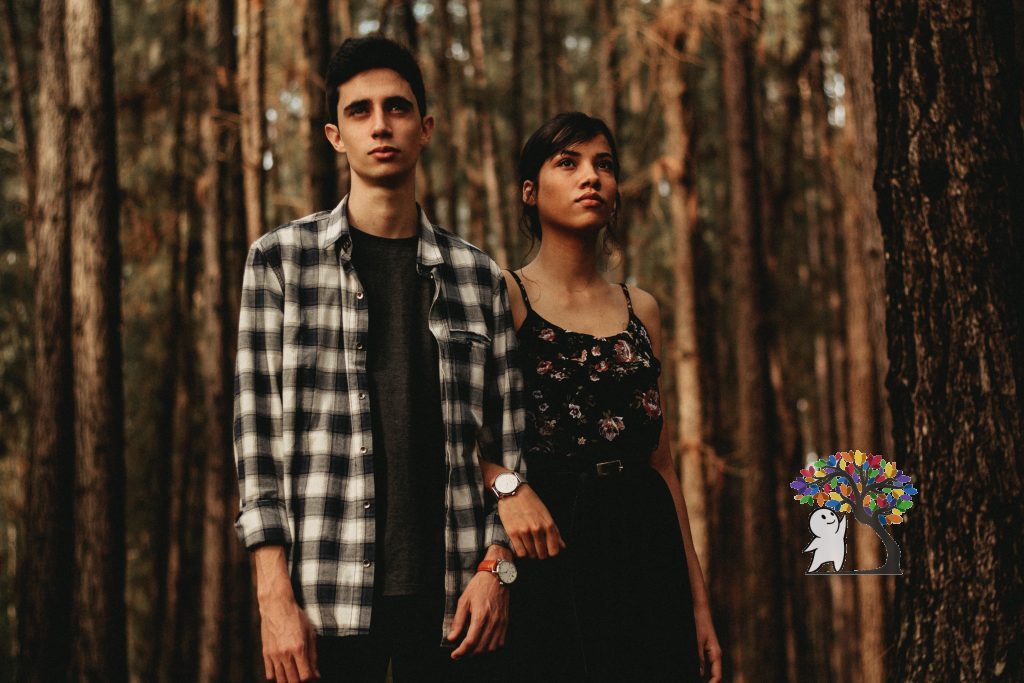Body Image Within the LGBT+ Community

A recent survey by the Mental Health Foundation in the UK found that, among adults identifying as “gay, lesbian, bisexual or other,” 53% felt anxious and 56% felt depressed due to their body image, while 33% of adults identifying as heterosexual reported similar feelings. Moreover, 33% of adults identifying as “gay, lesbian, bisexual or other” reported having “suicidal thoughts or feelings” in relation to their body image, with 11% of adults identifying as heterosexual reporting the same. Additionally, research done by the National Eating Disorder Association (NEDA) shows LGBT people as “more likely” to suffer stress and anxiety related to their body image, with a “particularly worrying proportion” of bisexuals reporting suicidal thoughts.
Where is this coming from? LGBT+ individuals face a number of struggles that damage their mental health that heterosexuals do not (on the basis of their sexuality), like stigma, discrimination, harassment, etc. But one that many overlook is making queerness palatable for those outside the community, and sometimes even for those within. For many, this means following as many societal rules as possible, namely that of western beauty standards. Being already at risk for mental illness, internalizing the pressure to conform aesthetically is far more likely.
Research shows this to be especially true for gay and bisexual men, who are more likely to “experience a desire to be thin,” and report having “fasted, vomited, or taken laxatives or diet pills to control their weight” than heterosexual men. In Michael D. Siever’s 1994 study he pointed to the disparity between the body image of gay men and heterosexual women, both of whom are “taught to have strong desires to attract and please men.” Gay men, he concluded, tend to be “less happy” with their bodies than heterosexual women, as they are stuck between wanting to appear attractive to men and to have the “strength and athletic prowess” they are expected to as men.

Lesbian and bisexual women experience a similar problem. Though lesbian “ideology” strives to reject the “overemphasis placed on women’s physical attractiveness,” it’s not necessarily enough to counteract the ridiculous beliefs about female beauty a woman has already internalized. On the other side of the coin is the expectation to be “strong, athletic, and muscular” among lesbian women. These opposing beauty standards are meant to function as “markers” for lesbians to identify each other, making those who don’t fit feel unconnected to the group.
NEDA suggests that lacking “a sense of connectedness” to the gay community may aid in the development of eating disorders. This is supported by “black and Latino LGBs” having at least as high a frequency of eating disorders as their white counterparts. Trans individuals also feel this double dose of “minority stress,” as I.H. Meyer puts it, as inconsistency between their assigned sex at birth and their gender identity makes following already demanding beauty conventions all the more the difficult.
And this is all based on limited research. Very little, if any, effort has gone into studying individuals with lesser known orientations and gender identities, let alone those with overlapping identities. It also stands to acknowledge that additional factors like ethnicity, religion, disability, etc. are largely ignored in these studies. Unfortunately, it’s more common to have multiple issues contributing to one’s mental illness(es) than just one, which makes isolating causes a challenge. Hopefully, with the growing global awareness of LGBT+ identities and struggles, we’ll see more progress in their research and study in the future.

What are your experiences with body image? In the LGBT+ community? Tell us in the comments!
Like this article? Here are some more you may like:
References:
Chabot, N. (2005, January). How to Look the Part: Implications of Body Image Issues for Lesbian, Gay, and Bisexual College Students. Retrieved from https://scholarworks.uvm.edu/cgi/viewcontent.cgi?article=1149&context=tvc.
Body Image, Sexual orientation and Gender Identity. (2019, May 13). Retrieved from https://www.mentalhealth.org.uk/publications/body-image-report/sexuality-gender-identity.
Eating Disorders in LGBT (Gay/Lesbian/Bisexual/Transgender) Populations. (2012). Retrieved from https://www.nationaleatingdisorders.org/sites/default/files/ResourceHandouts/LGBTQ.pdf.
Mahmoud, J. (2019, April 16). On Body Image and the Queer Community. Retrieved from https://queer-voices.com/on-body-image-and-the-queer-community/.
The LGBT Body Image Problem. (n.d.). Retrieved from https://www.turning-point.co.uk/blog-home/the-lgbt-body-image-problem.html.




Responses